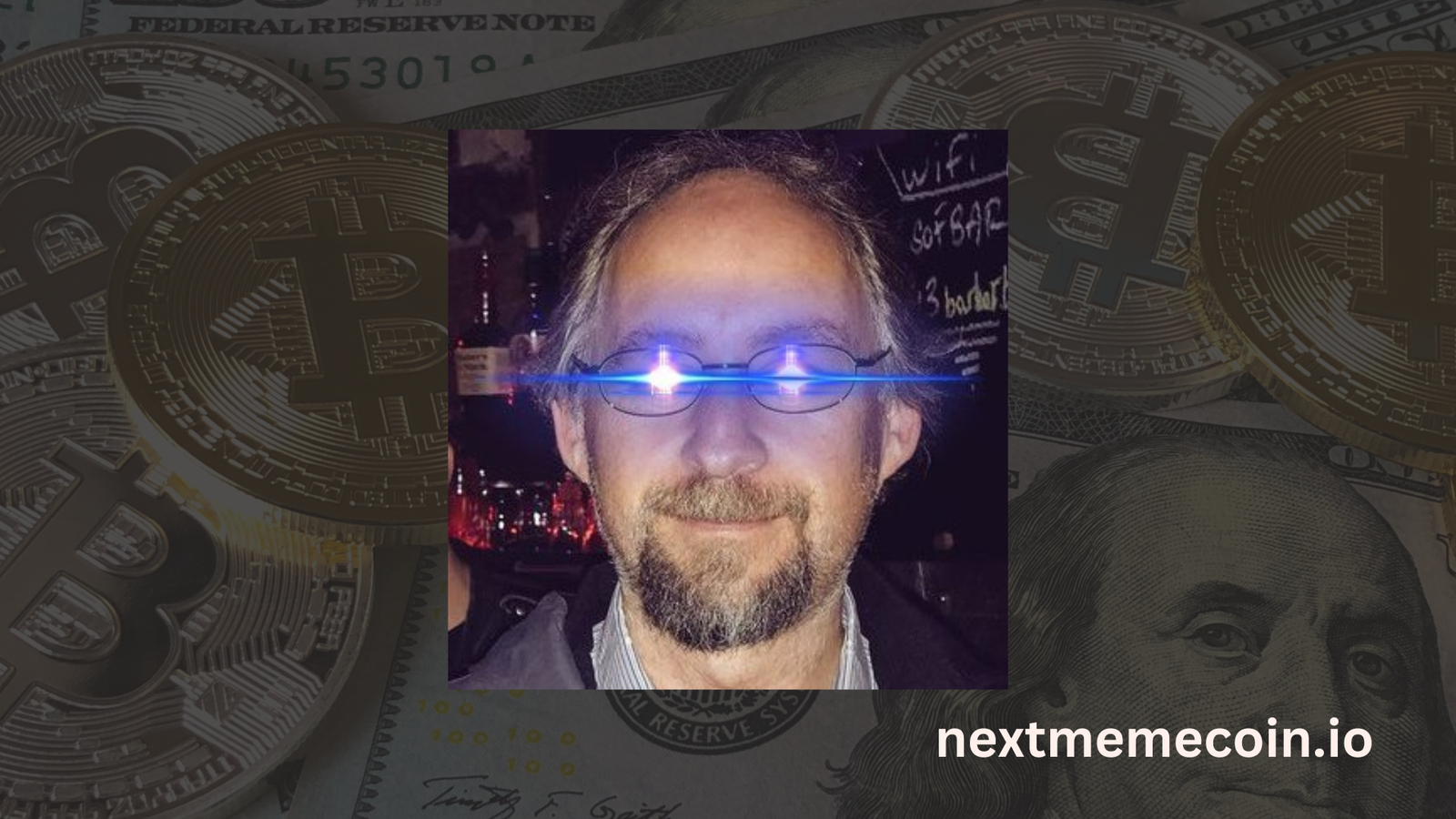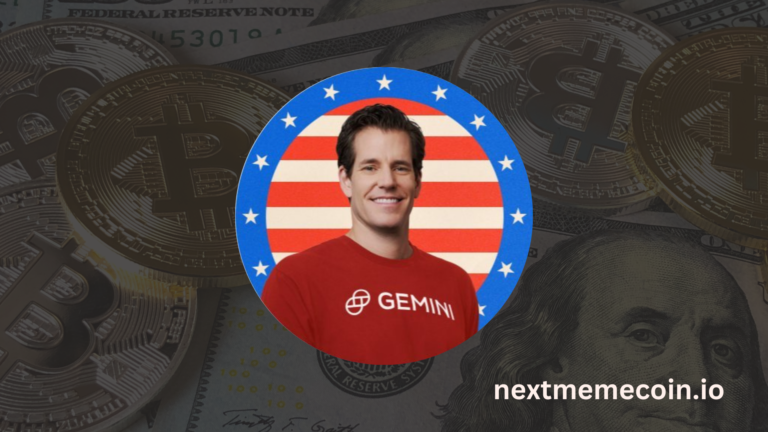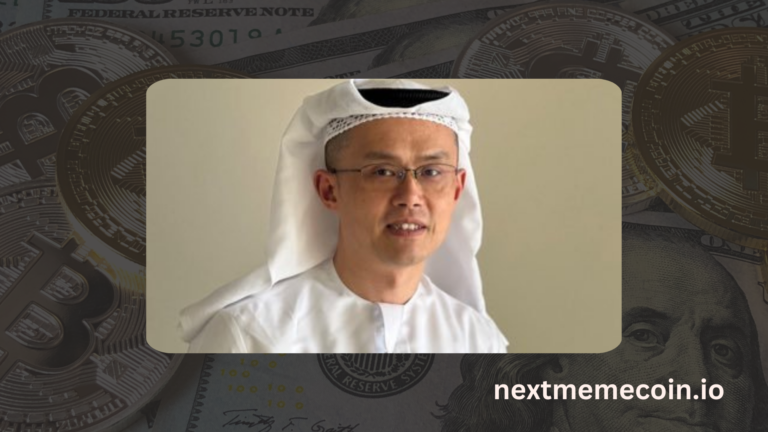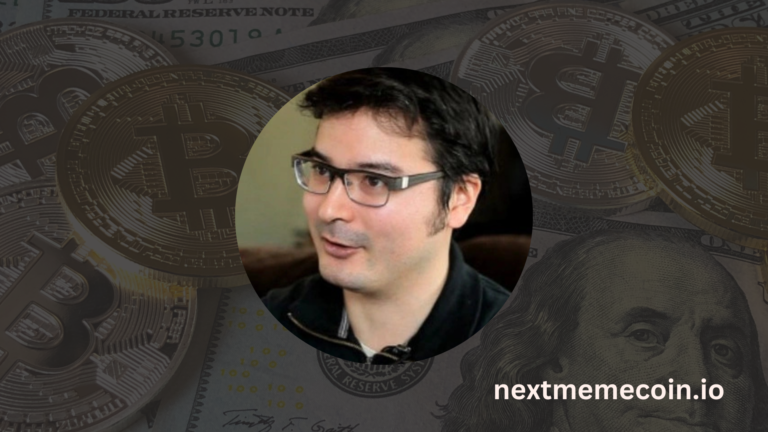Who is Adam Back? Bio, Net Worth & Blockstream’s Roots
Adam Back is a name that hums like a quiet engine in the crypto world—a British cryptographer and cypherpunk whose fingerprints are all over Bitcoin’s DNA. He’s not the loudest voice in the room, nor the flashiest billionaire on the blockchain stage. Instead, he’s a thinker, a tinkerer, a man who built Hashcash—a proof-of-work system that Satoshi Nakamoto leaned on to birth Bitcoin—and now steers Blockstream, a company that’s become a cornerstone of Bitcoin’s infrastructure. For crypto beginners, Back is your backstage pass to Bitcoin’s origins: a guy who swapped a safe tech career for a wild ride through the digital frontier, shaping how we secure and scale the world’s first cryptocurrency.
This isn’t a tale of overnight riches or tabloid drama. It’s the story of a coder who saw the future in lines of code, a pioneer who bridged the 1990s cypherpunk dream of digital freedom with today’s Bitcoin reality. As of March 24, 2025, we’ll unpack his life—from London’s streets to Blockstream’s helm—his net worth, a fortune tied to BTC’s rollercoaster, and the roots of the company he co-founded, a tech juggernaut that’s both revered and reviled. With USD figures grounding the stakes, this guide is your map to understanding Adam Back: a quiet giant whose ideas roar louder than his voice. Let’s dive into his bio, his wealth, and how Blockstream grew from a crazy idea into Bitcoin’s backbone.
From London’s Code to Crypto’s Core: Adam Back’s Bio
Adam Back was born in July 1970 in London, England, a city buzzing with history and hustle. His parents—details scarce—gave him a British upbringing with a twist: a Greek heritage that whispers through his middle name, Markos, though he rarely flaunts it. As a kid, he wasn’t kicking soccer balls or chasing trends. He was hunched over a Sinclair ZX81, his first computer, a clunky beast with 1KB of memory. At 10, he taught himself BASIC, cracking open video games not to play them but to reverse-engineer their guts, hunting decryption keys like a digital Sherlock. It wasn’t about fun—it was about understanding how things ticked.
High school sharpened his edge. At an unnamed London school, he aced A-levels in advanced mathematics, physics, and economics—a trio that screamed “systems thinker.” By 17, he was off to University College London (UCL), but his real leap came later at the University of Exeter. There, under Stephen Turner’s mentorship, he earned a Ph.D. in Computer Science, focusing on distributed systems—networks of computers working in sync, a concept that’d echo in Bitcoin’s blockchain. His thesis wasn’t just academic fluff; he toyed with compilers to automate parallel computing, a nerdy sandbox that prepped him for cryptography’s wilder shores.
The 1990s were Back’s proving ground. Fresh from Exeter, he didn’t chase a cubicle. He freelanced, consulting on encryption when the internet was still a geek’s playground. By 1995, he was deep in the cypherpunk scene—a loose tribe of coders and rebels obsessed with privacy and digital cash. He rubbed shoulders with legends like David Chaum and Hal Finney, swapping ideas on PGP encryption and anonymous remailers. Then, in 1997, he dropped Hashcash—a proof-of-work system to throttle email spam. It made users “pay” in CPU cycles to send messages, a crude but brilliant fix. Satoshi Nakamoto later cited it in Bitcoin’s 2008 white paper, cementing Back’s place in crypto lore.
Back’s career zigzagged through tech’s underbelly. He joined Zero-Knowledge Systems (ZKS) in 1999, architecting the Freedom Network—a Tor precursor—for anonymous browsing. He consulted for Nokia, VMware, and Credentica (later snapped up by Microsoft), flexing his crypto chops. In 2003, he co-founded Picorp, a security startup EMC bought in 2008, where he served as Chief Security Officer for its Decho division. But Bitcoin’s 2009 launch pulled him back. Satoshi emailed him—among the first to hear from the mystery man—asking about Hashcash. Back didn’t bite then; he joined late, diving into IRC chats in 2013 to grok Bitcoin’s nuts and bolts.
By 2014, at 44, he co-founded Blockstream with Pieter Wuille, Gregory Maxwell, and others—a pivot that’d define him. Named CEO in 2016, he moved to Malta, living quietly with a rumored wife and kids (he’s mum on that). On X as @adam3us, his 500,000+ followers catch his dry wit and BTC bullishness. From Hashcash to Blockstream, Back’s bio is a slow burn—a coder’s climb from London’s fringes to crypto’s beating heart, driven by a belief in decentralized power.
Net Worth: A Crypto Fortune Built on Vision, Not Flash
How much is Adam Back worth? It’s a question that dances around crypto forums, but Back’s no braggart flashing Lambos. Estimates as of March 24, 2025, peg his net worth at $50 million to $300 million—a wild range reflecting his private nature and Bitcoin’s volatility. He’s not on Forbes’ billionaire list; his wealth isn’t a tidy pile of cash but a mosaic of BTC holdings, Blockstream equity, and past ventures. For beginners, it’s a lesson: in crypto, fortunes flex with the market, and Back’s is no exception.
Bitcoin’s the big unknown. Back bought in early—maybe 2011, when BTC was $0.70–$15. A $1,000 punt then is $2.25–$48 million now at $67,500 per coin (late 2024). If he snagged 100 BTC at $13 in 2013, that’s $6.75 million today. Some guess 200–500 BTC—$13.5–$33.75 million—based on his cypherpunk cred and Hashcash clout. He’s never spilled the beans, but his 2014 tweet hinted most of his wealth was BTC. A maximalist, he likely hodls, not sells, riding BTC’s waves from $80 in 2013 to $100,000 in 2024. A 1,000 BTC stash—plausible for an early adopter—would be $67.5 million, pushing his floor higher.
Blockstream’s his golden goose. Co-founded in 2014, it hit a $3.2 billion valuation in 2021 after a $210 million Series B from Baillie Gifford and iFinex. As CEO and co-founder, Back’s stake isn’t public—say 5–10%, that’s $160–$320 million at peak. By 2025, with $300 million-plus raised, his slice could still be $100–$200 million, even if valuations dip. His salary’s hush-hush, but CEOs at $3 billion firms pull $500,000–$1 million yearly—call it $5–$10 million since 2016. Add bonuses, and it’s a tidy boost.
Past gigs pad the pile. Picorp’s EMC sale in 2008 likely netted him millions—maybe $5–$10 million as co-founder. Consulting for Nokia, Microsoft, and ZKS in the 2000s added steady cash—$500,000–$1 million yearly at peak, totaling $10–$15 million over a decade. Investments sprinkle more—Blockstream’s his focus, but cypherpunk roots suggest stakes in early crypto projects, maybe $5–$20 million if he backed winners.
Low-end math: 200 BTC ($13.5 million), 5% of Blockstream ($100 million), $5 million salary, $10 million from Picorp, $10 million consulting—$138.5 million. High-end: 500 BTC ($33.75 million), 10% of Blockstream ($200 million), $10 million salary, $15 million Picorp, $20 million investments—$278.75 million. Reality’s likely $100–$200 million, flexing with BTC’s price ($67,500 now, $100,000 in December 2024). For newbies, it’s not Musk money—it’s a fortune forged from code, conviction, and a company that’s Bitcoin’s silent muscle.
Blockstream’s Roots: From Vision to Bitcoin’s Backbone
Blockstream didn’t spring from nowhere—it’s a seed Back planted in 2013, watered with cypherpunk grit and venture cash. By then, Bitcoin was four years old, a scrappy experiment hitting $1,000 but creaking under its own weight. Back, lurking in bitcoin-wizards IRC chats, saw a problem: BTC’s infrastructure wasn’t ready for the big leagues. Transactions clogged, fees spiked, and enterprise adoption lagged. He wasn’t alone—Pieter Wuille, Gregory Maxwell, Erik Svenson, and a posse of Bitcoin Core devs shared the itch. They wanted BTC to scale without breaking its soul.
In 2014, Blockstream was born in Victoria, Canada—a deliberate nod to BTC’s borderless ethos. Back, at 44, teamed with Wuille (a Core wizard), Maxwell (a protocol guru), and others, raising $21 million in seed funding from heavyweights like Reid Hoffman and Khosla Ventures. The pitch? Build Bitcoin’s plumbing—tools to make it faster, tougher, and enterprise-ready. Early days were lean; they coded in obscurity, dropping Elements, an open-source blockchain toolkit, in 2015. It was a sandbox for sidechains—parallel networks to offload BTC’s burden.
The Liquid Network, launched in 2018, was their first big swing. A Bitcoin sidechain, it speeds trades and hides amounts (confidential transactions), wooing exchanges like Bitfinex and Huobi. By 2025, Liquid’s federation—63 members strong—handles over $1 billion in value, per Blockstream’s boasts. Then came Blockstream Satellite in 2017, beaming BTC data to remote corners via space—a cypherpunk flex for censorship resistance. Mining followed—300 megawatts of facilities by 2021, hosting Fidelity and Galaxy Digital, plus a solar-powered rig with Jack Dorsey’s Square ($5 million invested).
Funding fueled the fire. A $55 million Series A in 2016, $80 million from Digital Garage, and that $210 million Series B in 2021 pushed total capital past $300 million. By 2025, Blockstream’s a hydra: Liquid, mining, Core Lightning (a Lightning Network implementation), Jade wallets, and Blockstream Energy (selling excess power via modular units). Back’s vision—permissionless finance—drives it, but controversy tags along. Reddit’s r/btc calls Blockstream a Bitcoin “takeover,” griping its devs (20% of Core commits) choke on-chain scaling for Layer 2 profits. Back shrugs—his X feed defends small blocks and Lightning as Satoshi’s heirs.
Roots run deep. Hashcash’s proof-of-work birthed Bitcoin’s mining; Blockstream’s tech scales it. From a $21 million bet to a $3.2 billion titan, it’s Back’s brainchild—a cypherpunk dream turned corporate muscle, balancing innovation and flak as Bitcoin’s silent partner.
After the Roots: Back’s Blockstream Era
By 2025, Back’s steering Blockstream into new turf. Post-2021’s $210 million haul, they’ve launched Jade Plus (a tricked-out BTC wallet), tapped Lugano, Switzerland, for a research hub, and debuted Blockstream Asset Management with two institutional funds. Sean Bill, hired as CIO in 2024, signals a pivot to treasury plays—think Bitcoin bonds or yield products. Back’s X posts hint at $1 million BTC by 2030, a long-game bet as El Salvador’s stash soars. Critics still howl—conspiracy threads paint him as a Bilderberg puppet—but his focus stays on tech, not tinfoil.
Lessons for Crypto Newbies
Back’s story packs rookie wisdom. First, timing’s everything—he bought BTC at pennies, now millions. Second, ideas beat hype—Hashcash wasn’t sexy, but it changed the game. Third, build, don’t just buy—Blockstream’s his fortune, not just hodling. Grab $10 of BTC, peek at Liquid, feel the pulse. He’s not a billionaire loudmouth—he’s a coder who saw tomorrow.
FAQs About Adam Back and Blockstream
Who is Adam Back?
A British cryptographer and cypherpunk, inventor of Hashcash, and CEO of Blockstream, shaping Bitcoin since Satoshi’s nod.
What’s Adam Back’s net worth?
$50–$300 million—BTC (200–500 coins, $13.5–$33.75 million), Blockstream equity ($100–$200 million), past ventures ($15–$25 million).
What’s Hashcash?
A 1997 proof-of-work system to curb spam, cited by Satoshi as Bitcoin mining’s ancestor—Back’s first crypto mark.
What’s Blockstream?
A 2014-founded Bitcoin tech firm—Liquid Network, mining, Satellite—valued at $3.2 billion, scaling BTC without breaking it.
Is Adam Back Satoshi Nakamoto?
No—Satoshi emailed him in 2009, and 2013 IRC logs show him learning BTC. He’s a pioneer, not the phantom.
Conclusion
Adam Back’s a crypto cornerstone—a coder who turned a spam fix into Bitcoin’s bedrock, then built Blockstream to carry the torch. His bio’s a trek from London’s keyboards to Malta’s helm, his net worth a BTC-fueled enigma, and Blockstream’s roots a testament to vision over noise. For beginners, he’s your quiet guru—proof crypto’s not just about cash, but code that changes the world. Dip in, hodl a satoshi, and watch how his legacy unfolds.







